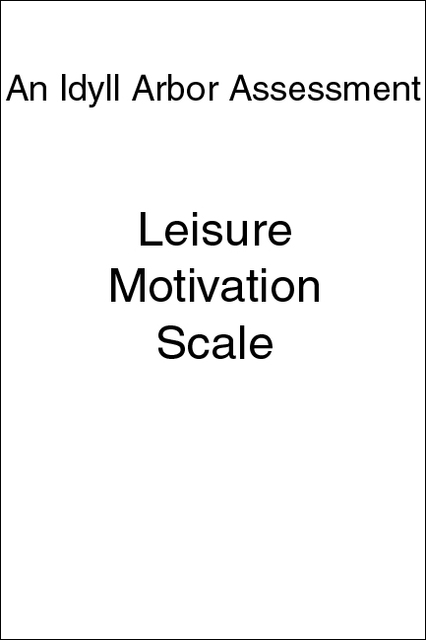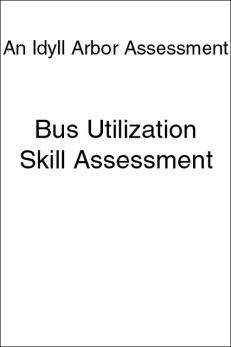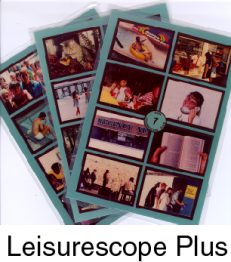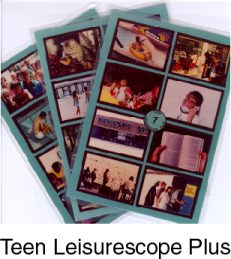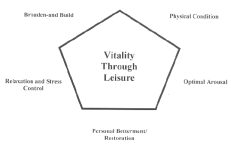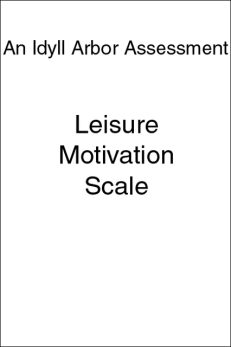Description
The Leisure Motivation Scale measures an individual’s motivation for participating in leisure activities. The four primary motivators identified by research are 1) intellectual (the extent to which the individual is motivated to engage in leisure activities that involve mental activities such as learning, exploring, discovering, creating, or imagining), 2) social (the extent to which an individual engages in leisure activities because of the need for friendship and interpersonal relationships and the need to be valued by others), 3) competence-mastery (the extent to which the individual engages in leisure activities in order to achieve, master, challenge, and compete), and 4) stimulus-avoidance (the extent that an individual needs to escape and get away from over-stimulating life situations). It is useful for establishing the components of leisure activities that motivate the individual to participate. The alpha reliability for the subscales of this assessment are acceptably large (.90-.92). Correlations between subscales are also acceptable. The intercorrelation coefficients, viewed with the results of factor analysis, show the components of leisure motivation to be well differentiated. Subscale of the Idyll Arbor Leisure Battery. Also available in Spanish.
Reliability and validity information is available in Beard, J. G., and Ragheb, M. G. (1983). Measuring leisure motivation. Journal of Leisure Research, 15, 219-228.

